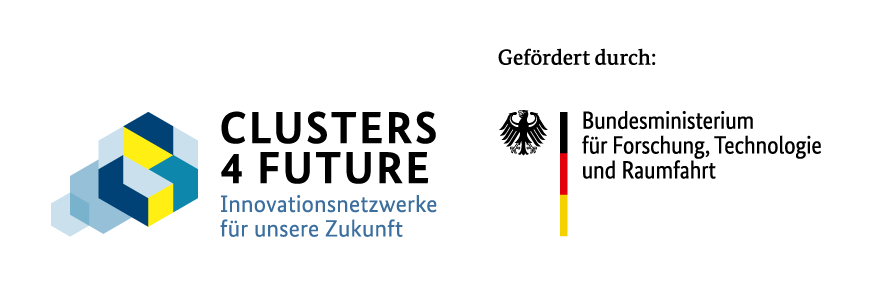Change begins on campus
The project aims to influence mobility behavior on the TUM research campus in Garching through digital and physical interventions. New multimodal mobility options are being tested and a campus vision developed to promote sustainable mobility.
Creating incentives for environmentally friendly behavior
Together with the user groups on campus, we are developing a vision and implementing digital mobility management with incentives for environmentally friendly behavior. New mobility services are being introduced, their effectiveness analyzed and findings derived for future scaling.
Together, we are developing a vision for the Garching campus - with everyone who uses it. With the help of participatory methods, we ensure that the diversity of user groups and their specific mobility needs are taken into account. Through creative participation formats, we promote exchange and integrate principles of mobility justice into a future-oriented vision for the campus.
We create the technical basis for a comprehensive analysis of mobility data. A central database is being developed, filled with information and supplemented with app-based mobility data. We evaluate mobility on campus using known and new indicators, visualize the results and make anonymized data available to the cluster - for a transparent and data-supported basis for decision-making.
The focus is on openness and exchange. We communicate project processes and results transparently, involve key stakeholders in a targeted manner and utilize the potential of our partners.
A particular focus is on involving employees and students in order to jointly design sustainable mobility solutions.
A motivated consortium of experienced partners from science, business, the public sector and society is working together in an interdisciplinary and transdisciplinary manner on the pressing issues of our time.
No results available
Want to shape the future of mobility with us?
Then please get in touch with us.

What is MOSAIQ?
Imagine something: There is more space for people. The streets have more trees and plants. Everyone can get around better. That's how your Schwabing-West district could be in the future. How would you like your district to be? We want to talk to you about it!
The project is called MOSAIQ. MOSAIQ is a research∙project. MOSAIQ means: Mobility and urban climate in the future city∙part. The Technical University of Munich is leading the project.
What is MOSAIQ about?
MOSAIQ wants to make the streets in the city∙part more beautiful. People should feel comfortable there. There should be more space. For meetings and plants, for example. You can help decide what is tried out in the Stadt∙teil. The ideas come from you. Some ideas will be tried out on the streets for a certain period of time.
The aim of MOSAIQ is to make urban districts good places to live.
At the same time, the climate in the city should improve. And people should be able to move around the city easily.
What is happening in the district?